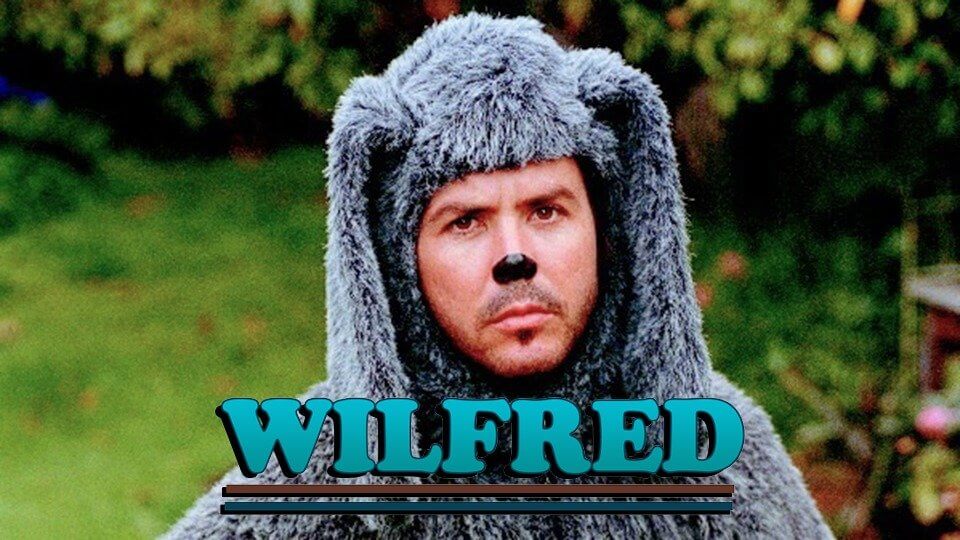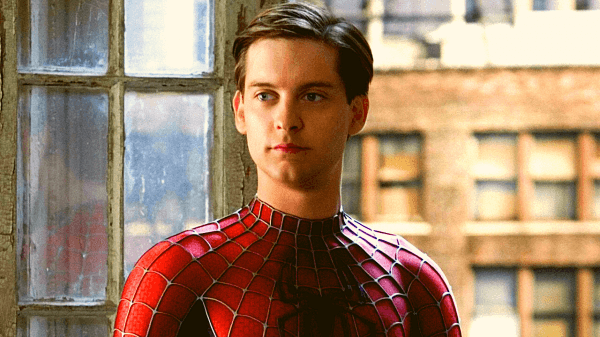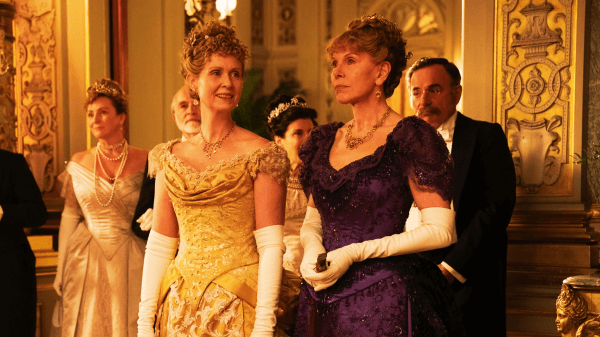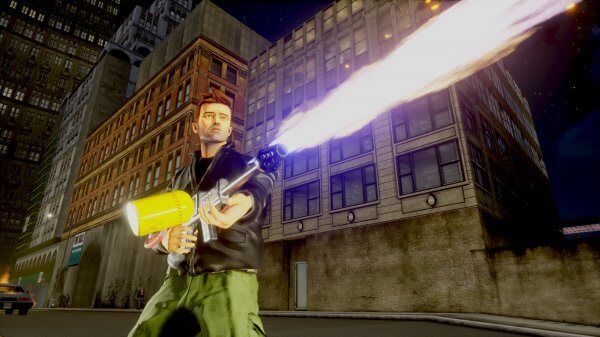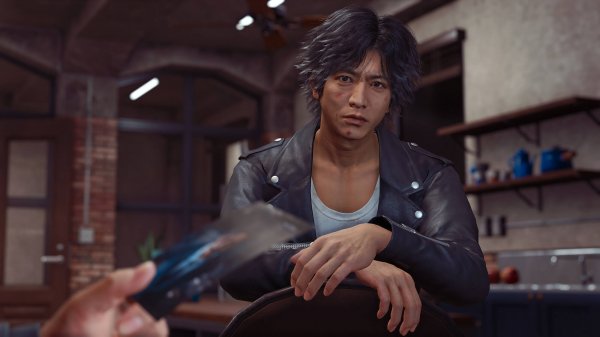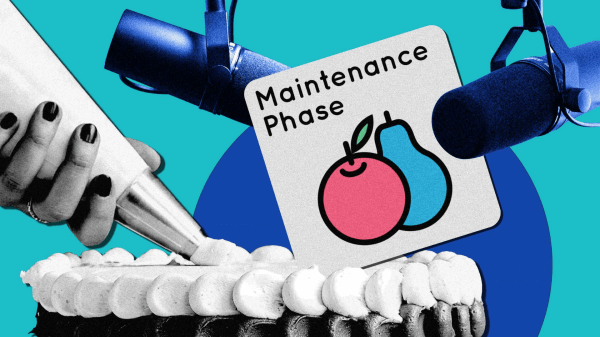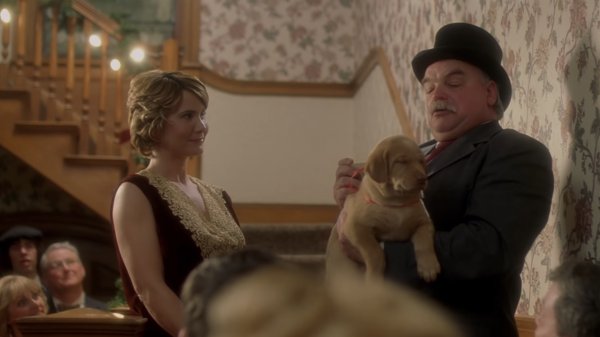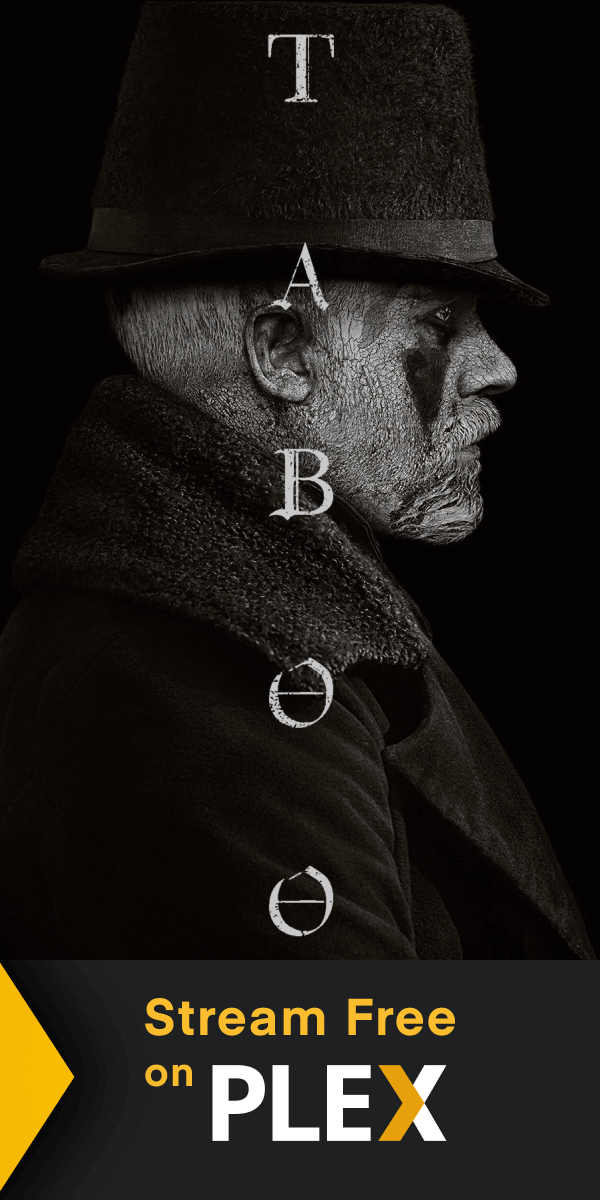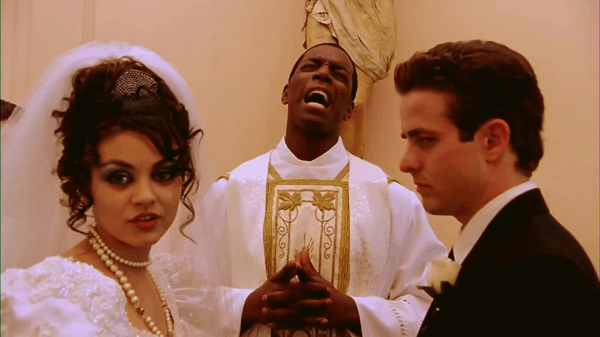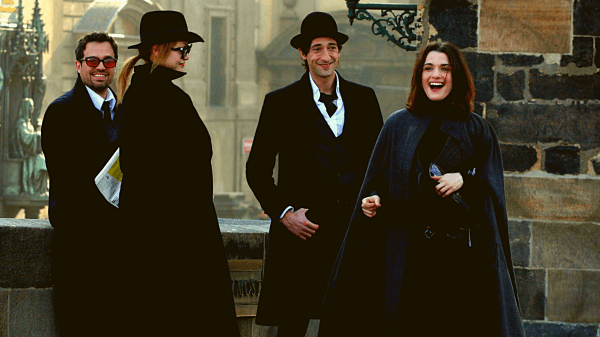I’ve been giddily anticipating the premiere of Kevin Can F**k Himself for about eight months, and was thrilled when it finally became available on AMC+. (AMC+ has the same shows as AMC, but a week earlier. That’s the easiest way to think about it.) It chronicles the story of Allison, the upbeat, optimistic wife of the titular Kevin, a thirty-five-year-old neolithic buffoon from Worcester, Massachusetts. The show is a whip-smart rebuke of the exhausting trope of the thicc oaf who has stopped wanting to sleep with his knockout wife. You know the kind of show I’m talking about: think The King of Queens and Home Improvement. There have been countless iterations of it littering network television for the last seventy years, dating all the way back to Ralph Kramden on The Honeymooners.
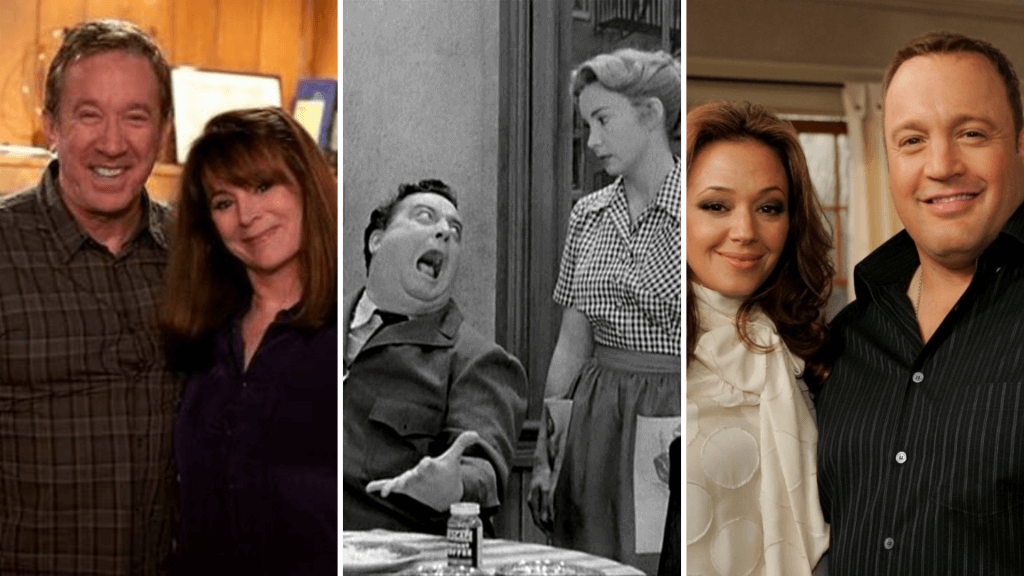
More than a mockery of the concept, Kevin Can F**k Himself is a repudiation of the male perspective, a thumb on the nose to the waning sorcery of bro-centricity and a broadside against the eternal lameness and capitulation of network television to deliver anything more than uninspired banality.

Watch on AMC for Plex until 8/1 ►
Allison, played by Schitt’s Creek’s Annie Murphy, is a forward-thinking woman trapped in a ’50s sitcom. When we meet her, it’s on a garishly lit multi-camera set, where she’s instantly made the brunt of every joke by the boor she married and his cohort of cretins. It’s so familiar to all of us it’s kind of pathetic. Neighbor sets up a joke, Kevin pays it off with some Mesozoic caveman humor and the laugh track pounds us into submission. We’ve covered the insidiousness of the laugh track as a tool before, but on Kevin Can F**k Himself, show creator Valerie Armstrong (with help from co-developers Rashida Jones and Will McCormack) wields it like a scimitar.
So what makes Kevin Can F**k Himself different than the other ghastly male-centric sitcom fare polluting the rivers and lakes of network television? This time, we follow Allison and not Kevin through the story. Any time Kevin is on the screen, we witness the action via that hellishly lit set, but the second he steps away we smash to a single camera HBO-style thriller. It’s such a refreshingly bold and yet simple premise, it feels like… why hasn’t anyone ever thought of this before?
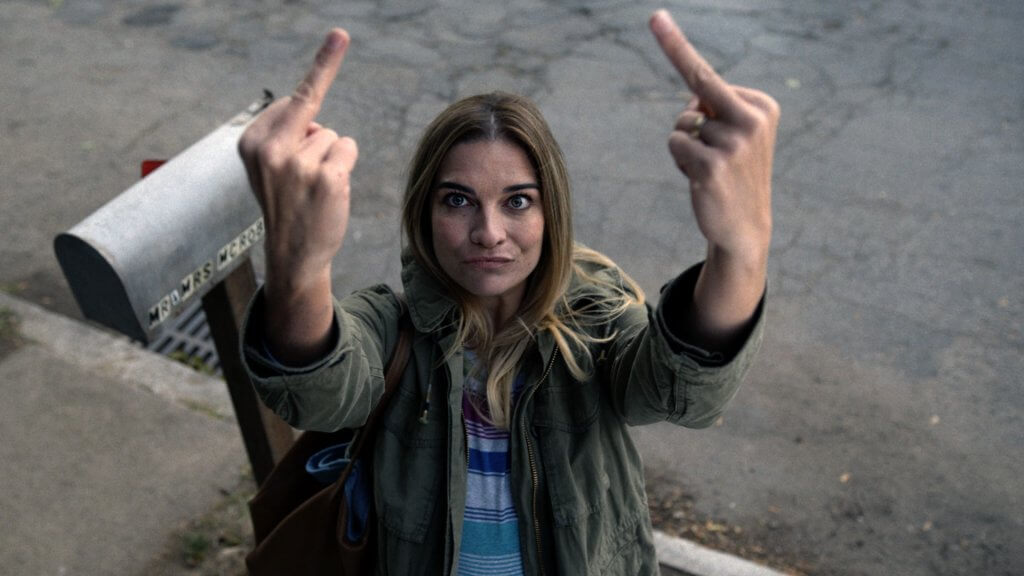
Hard to say why, but I’m ecstatic that Valerie Armstrong did, and I’m over the moon that she set it in Worcester, MA. I grew up going to Worcester on the reg because my dad owned a small industrial supply store there: the one you went to if the other industrial supply stores didn’t have what you were looking for. When my friends were at camps and houses on Cape Cod, I spent my summers cutting rubber in the fabrication area of my dad’s shop and smashing hose barbs into reinforced tubing. When I graduated from college with a liberal arts degree that was of no use to anyone, least of all me, I ended up blowing five years of my life in Worcester working for my father, the smell of burnt rubber on my clothing every day, trying to figure out how to become a writer. I drove through Kelley Square, which they reference on the show, a nightmarish convergence of seven entry points and no traffic lights, every day for five years.

Historically a gritty mill town known unironically for its abrasive and grinding manufacturing, Worcester has gone through many phases over the years. The second most populous city in New England (after Boston), it’s much nicer than it used to be, and certain areas are, dare I say, even approaching pretty. It has the highest doctor to patient ratio of any city in the Western Hemisphere. It has upscale bars and taverns and restaurants. It has a beautiful, renovated train station and no less than eight colleges and universities within its borders, but it will never quite shake off the petulant, ingrained blue-collar mantle it has worn for hundreds of years.

In many ways there are two Worcesters, one a smattering of boutique shops in various parts of the city, niche neighborhoods, and hidden jewels, and then there’s Worcester proper, the ravenous, dirty, cold AF asphalt nightmare poised to swallow all of those places whole, and all the citizens of Worcester with it. No matter how many state-of-the-art hospitals they construct, no matter how many minor league sports teams they lure and stadiums they build, Worcester manages to channel all the desperation of both the snow and rust belts and mash them into a ferocious urban hellscape that drinks your soul like a Dunkin’ Donuts cold brew.

For this purpose, it’s the ideal location to set Kevin Can F**k Himself. When you watch Allison walk down her trash-strewn street, past all the heinous architecture, you can feel the Worcester in it all. In my 20s I bought and renovated one of the miserable three-deckers identical to the ones she walks by. It was not fun. The hopelessness and misery radiates out of the place, but Allison is upbeat. She’s worked hard. They have savings, and every day on her way to her job at the packie (the “package” store or liquor store in Massachusetts parlance) she passes the local real estate office and imagines what life will be like when they take that tiny nut they’ve stashed and get a better place. Somewhere that isn’t Worcester. Somewhere with white kitchens, where Kevin trades his too-tight Celtics apparel for a button down and a Brooks Brothers navy blue blazer. Basically, somewhere that doesn’t exist.

(Interesting to note that even in her absolute wildest fantasy, she’s still waiting on him.)
But she holds on tighter and tighter to that aspiration, and we hold on with her, even if we know it’s a pipe dream. We navigate the deeply jarring transitions from single to multi-cam, and they hurt. So invested was I in Allison’s story that I started to get irritated by the constant intrusions by her braying husband and his pack of yammering burros. Every time the lighting changed it was a trigger. I started to wish that she didn’t have to cope with them every day, sucking her life force, cresting over her like a great wave of stupidity and immaturity, and threatening to drive her under once and for all.
That frustration is designed. It’s what creator Valerie Armstrong wants. We begin to inhabit Allison’s exhaustion with her and we long for a day when Kevin is gone. With Allison, we envision a future without him and we start to conspire with her to take matters into her own hands.
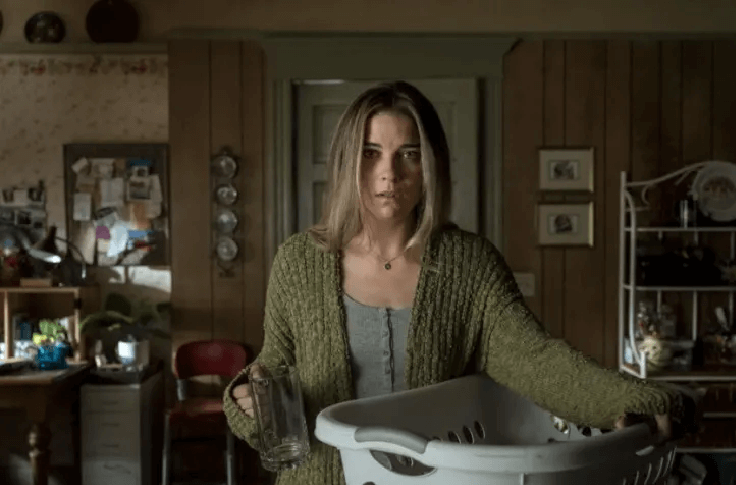
The casting on Kevin Can F**k Himself is top notch. Annie Murphy somehow embodies the perfect Allison, blending world-weary resignation with not a small dose of innocent naïveté. Whither she goeth, so will the show.
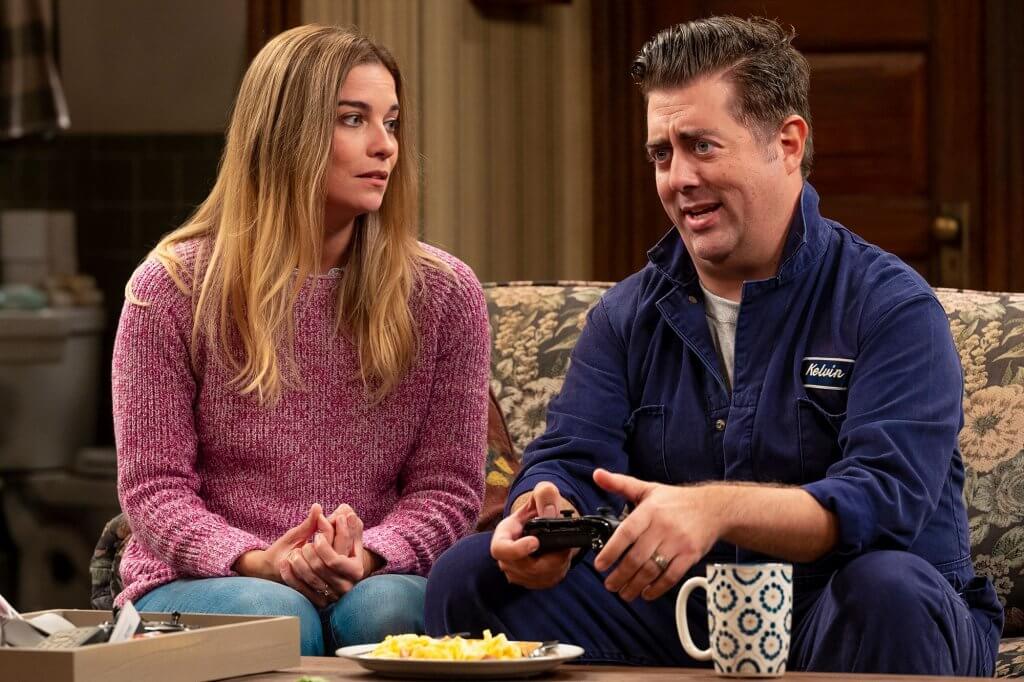
Kevin is played note perfect by Eric Peterson. He’s so good, in fact, that you have to do a Joffrey Baratheon thing where you remember not to detest the actor and remind yourself that he’s just playing a role.

Alex Bonifer’s best-friend/Kevin hype-man Neil is spot on. Great, effortless timing and he gets the accent right. Ditto for Brian Howe, who adds to the cacophony, and with Bonifer, nails the network TV tone. (The show takes a justified potshot at Liev Schreiber’s imperfect Boston accent in Ray Donovan.)
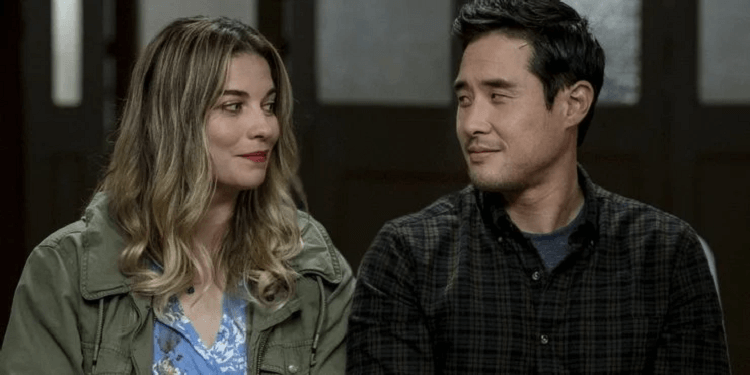
Raymond Lee plays Sam, an old flame of Allison’s who has returned to Worcester to open an upscale diner. He functions as the de facto love interest, but if there’s any piece of the puzzle that still feels a bit undercooked it’s the chemistry between Sam and Allison, which is referenced but still not quite realized on screen.
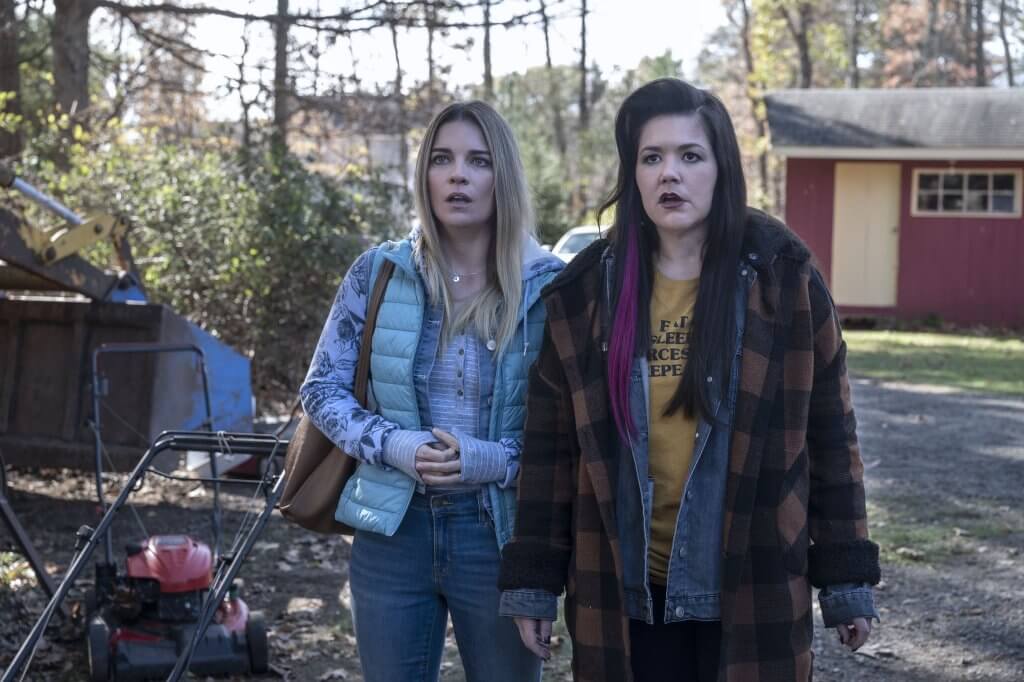
That said, I suspect that the dark horse candidate for breakout star from this show will be Mary Hollis Inboden, who plays Patti, Allison and Kevin’s neighbor. We get a real deep dive on her in episode three (currently all that’s available) and it not only left me wanting more, but gave me the impression that she has a much larger role in the series than was made obvious in the pilot.
Having grown up watching a literal lifetime worth of TV moms cast into one-note roles, where they only existed to furnish the male lead with food and target practice for cornball humor, it’s a travesty that it’s taken so long for us to demand that we see the dynamic from the woman’s point of view. In that, Kevin Can F**k Himself is a rallying cry for a new generation of writers–both women and men, to do better. It’s a sendup of the network TV values that play to the lowest common denominator, perpetuating the most damaging forms of interaction, normalizing weapons-grade misogyny and elevating the disease of extended male adolescence as something to aspire to rather than avoid.
As much as you’ll find the players on Kevin Can F**k Himself to be caricatures, they are stand-ins for real people, and believe me when I tell you that they exist by the millions. For nigh on a century we’ve tuned in to the Tim Taylors of the world holding unchallenged dominion over the living rooms of middle America, and it’s with a twisted and long-awaited glee that we watch as one of the oft-maligned moms realizes she’s had enough and decides to take back not only her house but her identity and future as well.
Kevin Can F**k Himself
Streaming on AMC for Plex until 8/1 ►

More on Plex:
Wilfred
...
